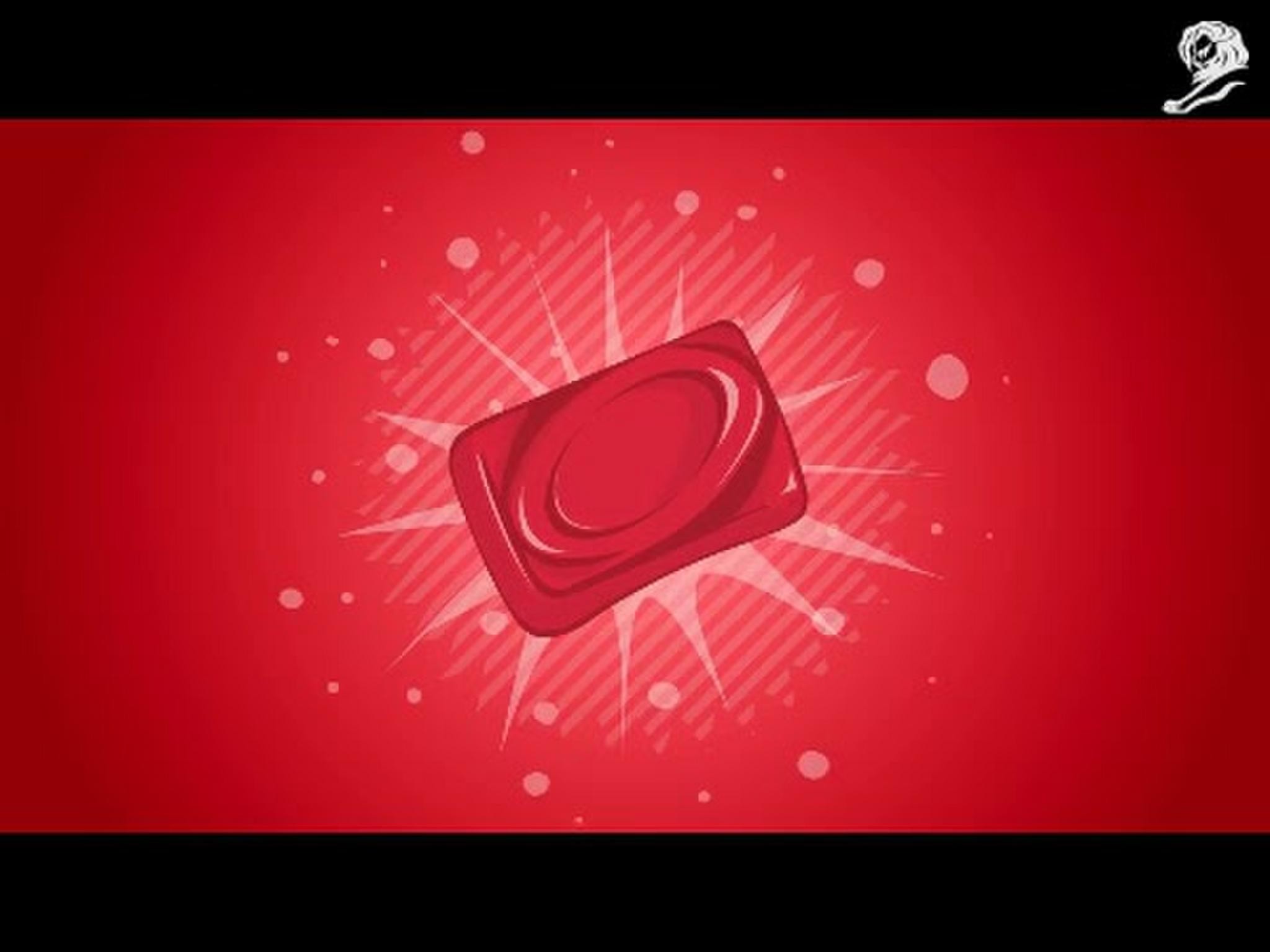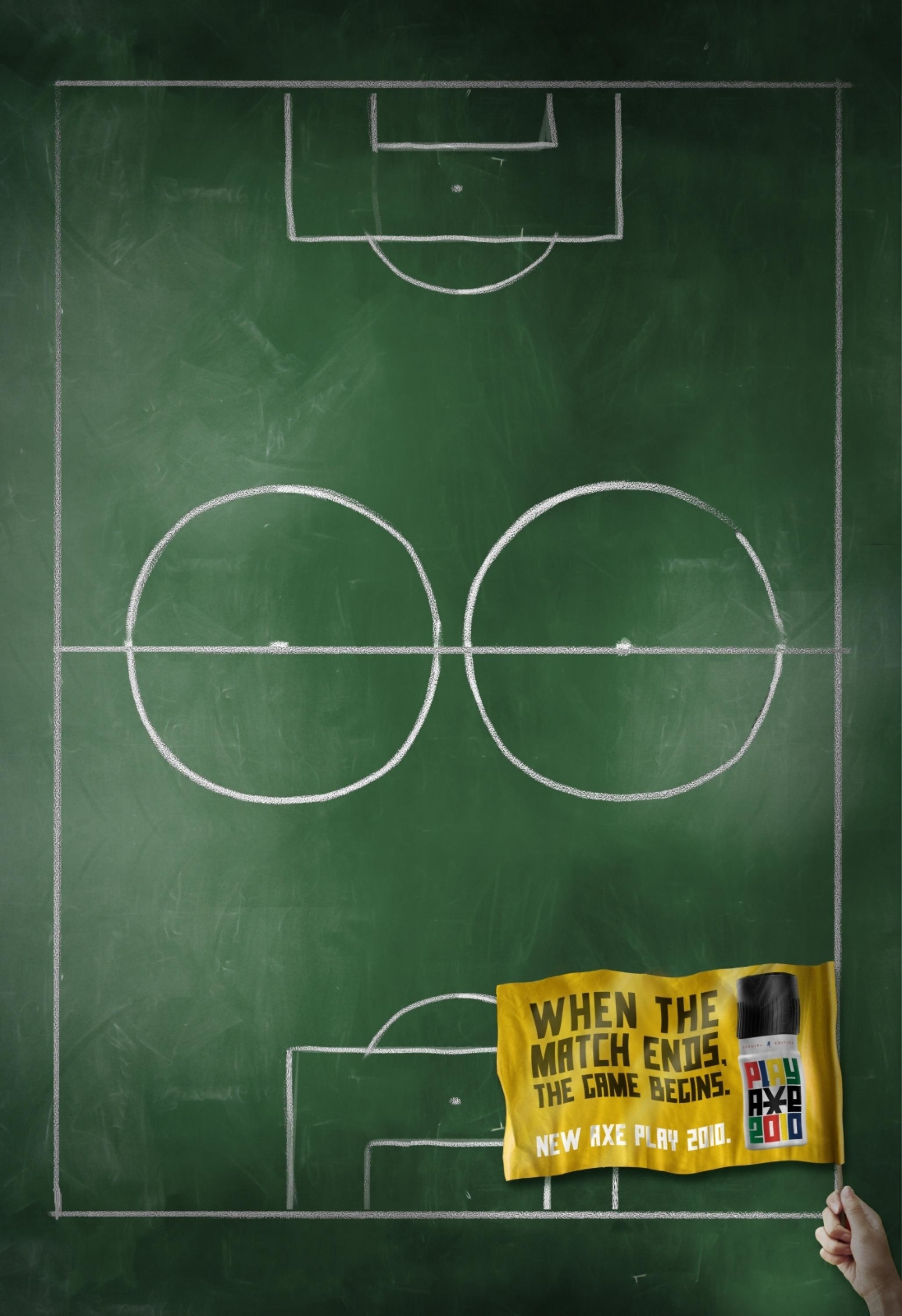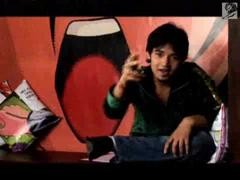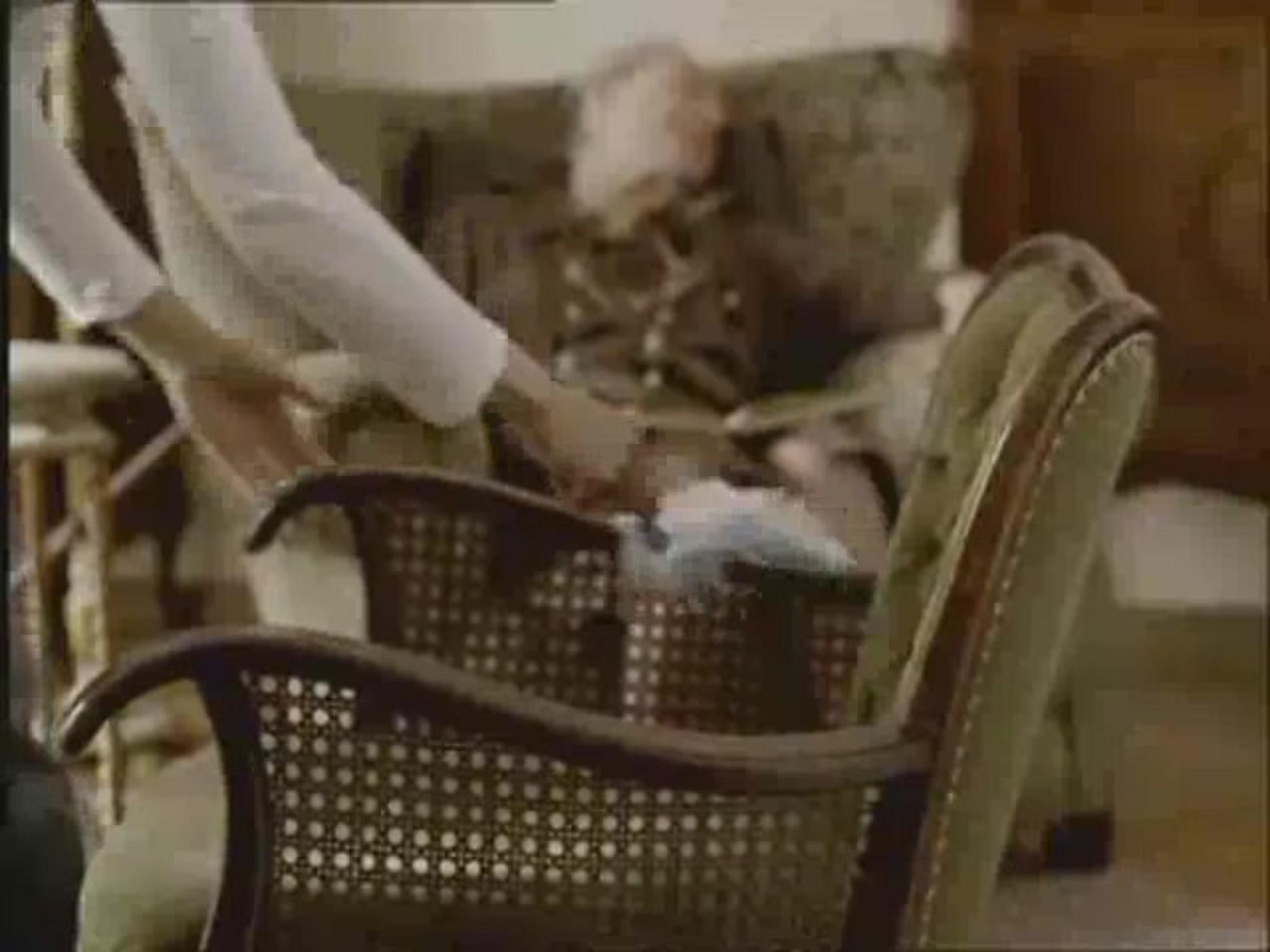Cannes Lions
Smart Fill
VMLY&R COMMERCE, Mumbai / UNILEVER / 2023

Overview
Entries
Credits
Overview
Description
Background & Context
Approximately 36% of all plastics produced are used in packaging, of which 85% ends up in landfills or as unregulated waste*. Unilever wanted to get drastic with plastic to reduce its business’ environmental impact. The brand has pledged to remove more than 100,000 tonnes of plastic entirely, by 2025.
Unilever products reach 9 out of 10 Indian households. With a population equivalent to the combined populations of 12 of the largest countries, India has one of the world’s biggest plastic footprints*.
*Source: unep.org
Creative Challenge
The future will only be about plastic alternatives. Unilever had to future-proof its business by building a sustainable packaging solution. We needed to re-examine the fundamentals and drive conversions through mass adoption of the solution.
But the bigger challenge was, ‘How do we convince shoppers to shift to a sustainable alternative if they don’t care about the environment?’
*Source: unep.org
Strategy
Awareness about plastic pollution is sky-high because of multiple recycling drives, clean-ups, waste-management, and sustainability pushes. But only 9% of plastic waste really gets recycled.
Our strategy needed to turn ‘awareness but inaction’ into ‘actions that propel awareness’.
Convincing consumers to adopt a new sustainable alternative isn’t easy. We explored consumers’ stance towards plastic-free alternatives and identified five cohorts:
Eco Warriors: Already leading sustainable lifestyles.(5%)
Convenience Seekers: Awaiting effective alternatives.(10%)
Value Seekers: Need value exchange to switch.(20%)
Value Chasers: Prioritise value over sustainability.(30%)
Unawares: Lack awareness.(35%)
It wasn’t Eco Warriors and Convenience Seekers we needed to target, it was Value Seekers and Value Chasers.
We needed to balance value and sustainability drivers to inspire behavioural change.
Forget R&D, forget products, forget the brand itself. The answer lay with the Indian shopper behaviour.
Our strategy harnessed two cultural nuances stemming from the resourcefulness mindset of Indian shoppers.
1. Culture of thrift. Unlike the West, trade-offs are expected with every action. People carry bags to supermarkets to avoid carry bag charges. It isn’t that they cannot afford 7¢ carry bag on a $70 bill, but they dislike wastefulness.
2. Cultural practice of repurposing packaging. Cookie tins become sewing kits, soda bottles become spray bottles, ice-cream boxes become storage containers.
The solution had to appeal to this resourcefulness and sense of thrift during the existing shopper journey, without sacrificing time and effort. So, what did we sacrifice?
Solution & Execution:
We sacrificed Unilever’s most valuable branding asset – its packaging.
We introduced Smart Fill, an innovative in-store commerce experience that lets shoppers use other brands’ plastic waste as Unilever packaging. Shoppers can use any empty container as packaging to Smart Fill products like Vim, Surf Excel, and Comfort.
All they have to do is bring their own empty bottles to the store, visit the Smart Fill station, follow the instructions, fill their bottles with the desired product and quantity, and enjoy up to 40% discount on their purchase.
Leveraging an existing practice easily influences shoppers to carry their own bottles.
The higher discount also makes Smart Filling more cost-effective than purchasing pre-packaged products.
Similar Campaigns
12 items







